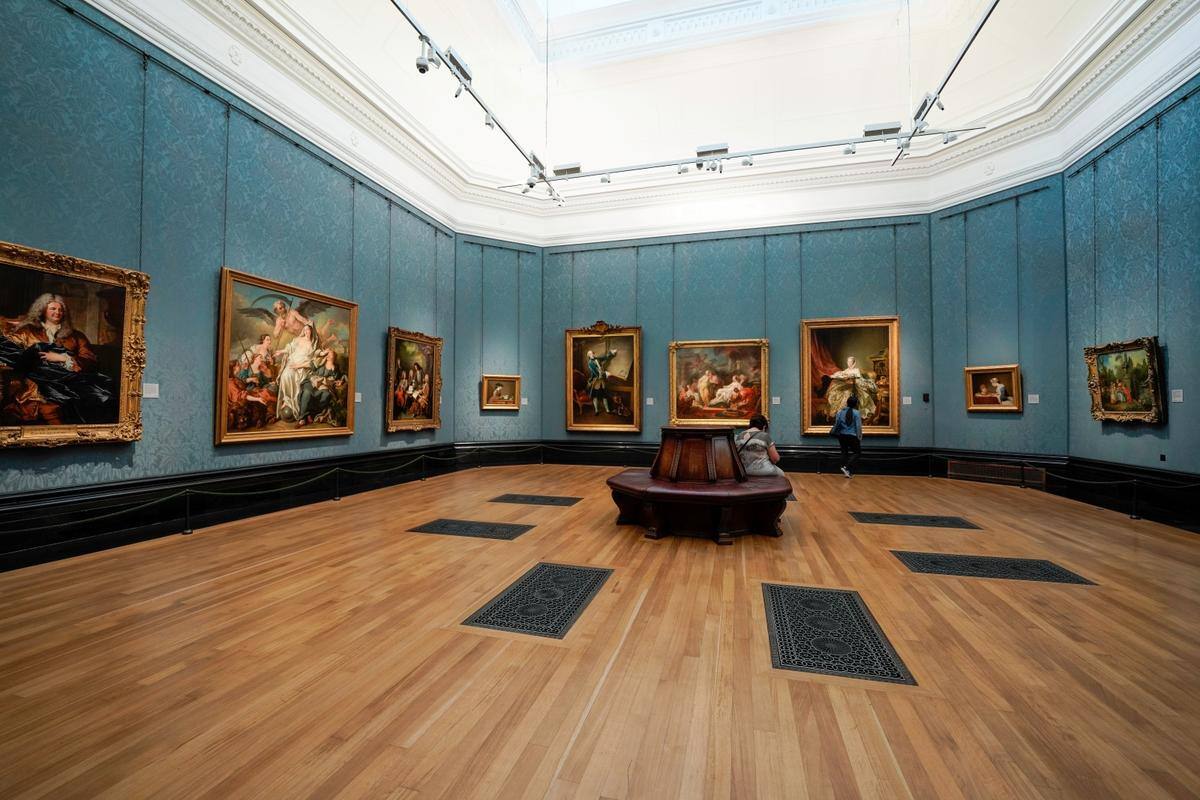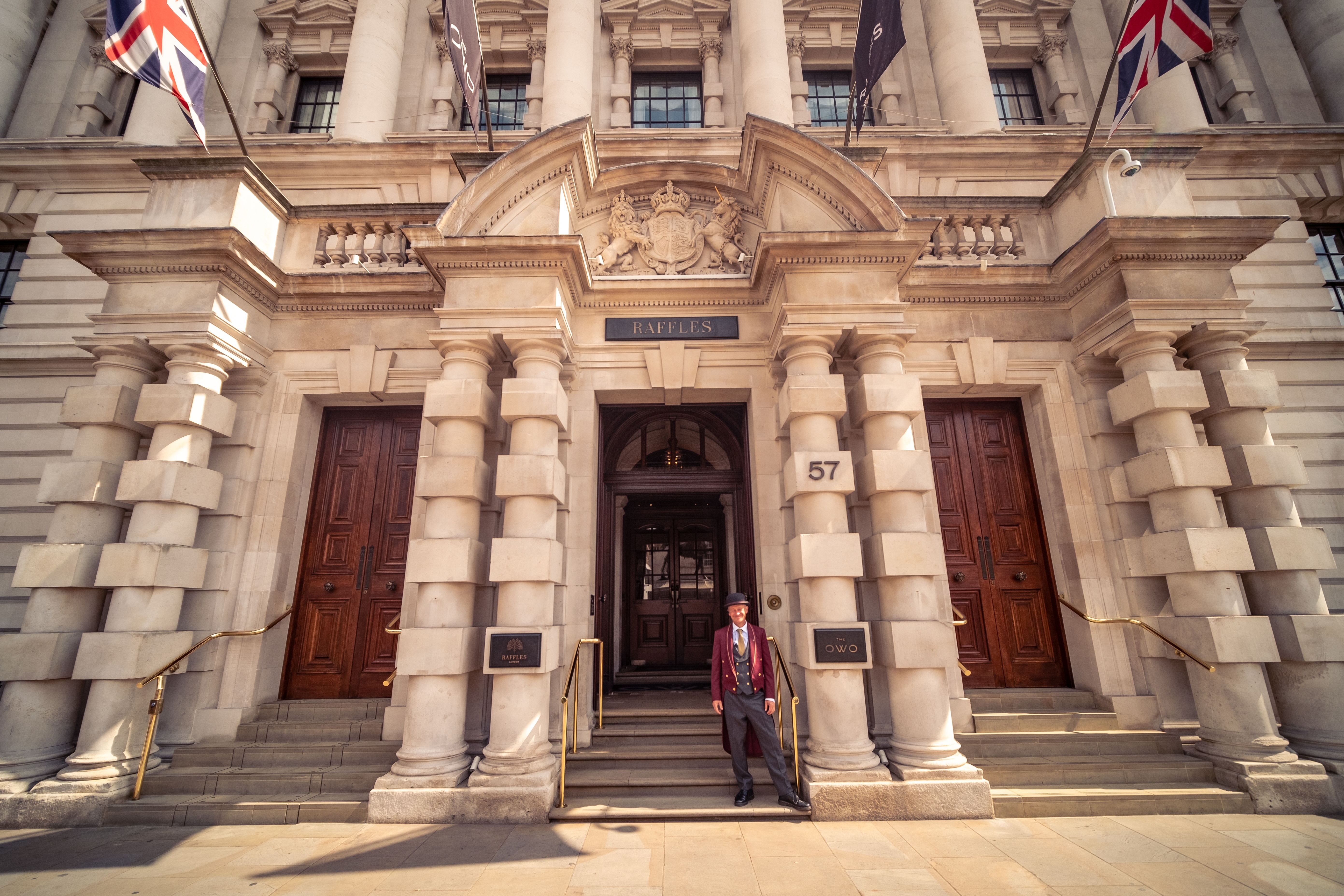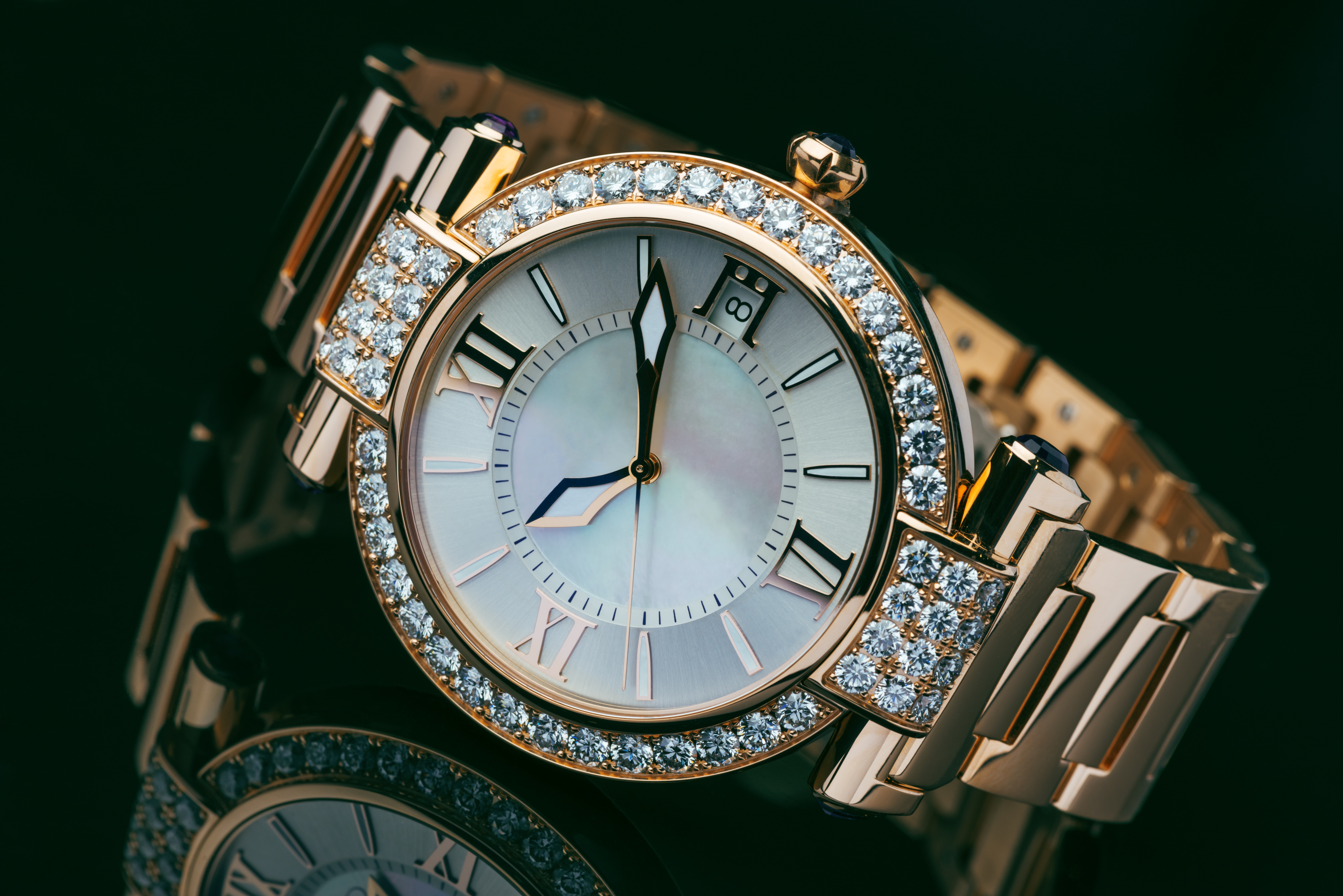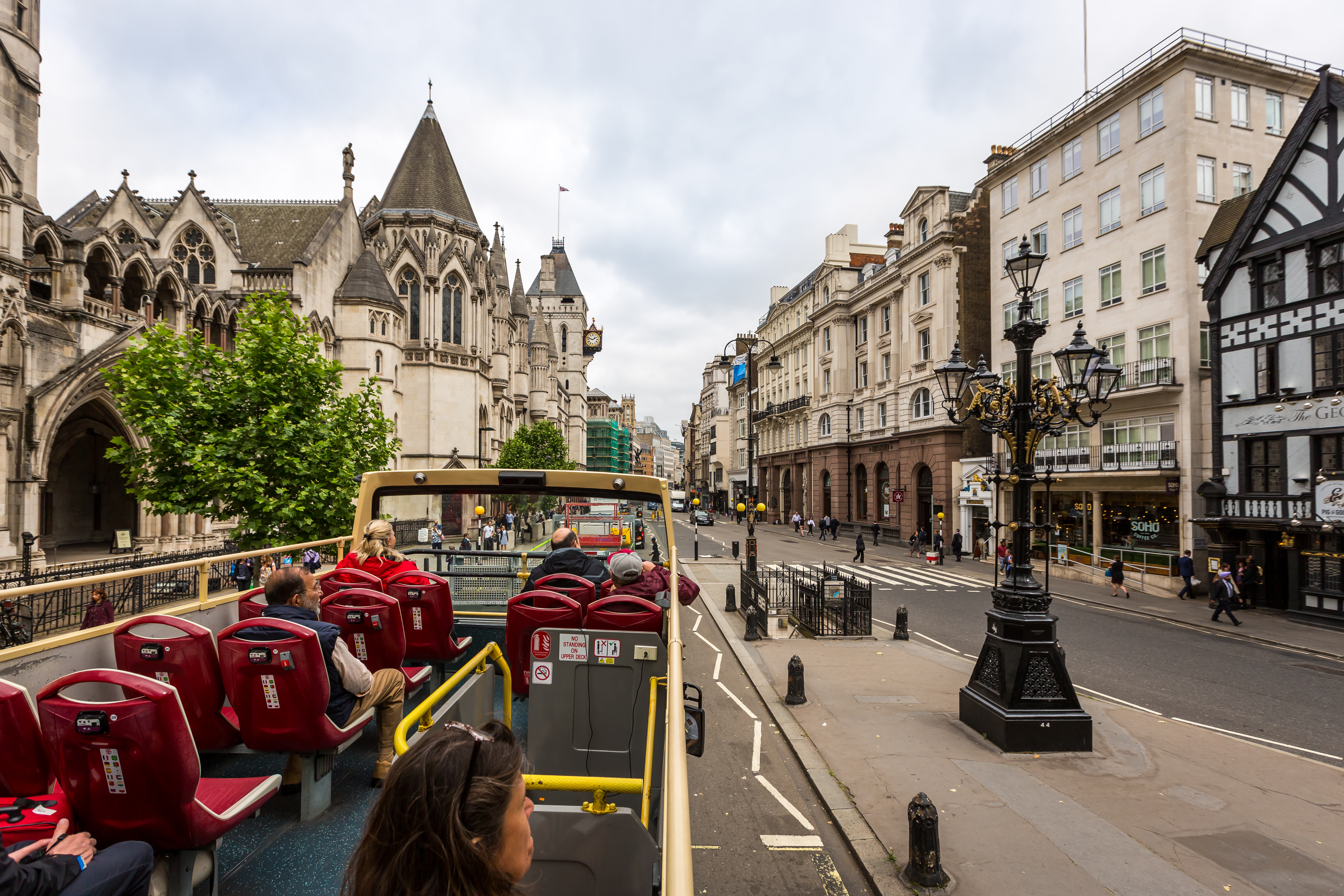5 Most Expensive Paintings Ever Sold From Around The World
Paintings are vital custodians of culture. Besides being visually spectacular in terms of imagery and technique, they offer invaluable glimpses into the workings of the world or even one’s personal journey. As Pablo Picasso famously stated, “Painting is just another way of keeping a diary.” Besides documenting society, art historians have demonstrated how paintings have played a notable role in swaying cultural norms by challenging tradition and instilling new values.


What is The Most Expensive Painting in The World?
Thus, paintings go beyond strokes on a canvas, leading to their significant cultural value and net worth. The value of a painting is further emboldened by their irreplicability – notwithstanding all the digital copies, the authentic Mona Lisa is nonpareil. Read on to discover the most expensive paintings ever sold.
5. Number 17A – Jackson Pollock: $200 million
Jackson Pollock was one of the pioneers of the abstract expressionism movement, which aimed to revolutionise rigid art traditions. Number 17A is a quintessentially abstract expressionist painting, depicting grand brush strokes and creating the impression of spontaneity. He was also the inventor of the “drip method”, a technique demonstrated in Number 17A. It entails splashing paint onto a surface. The immense quantities of paint makes it difficult to distinguish the upper portion of the painting from the bottom portion.
The drip method was met with a lukewarm response during Pollock’s time, and the painting had a low net worth in the art market. However, when the painting featured in Life Magazine (1949), it gained critical acclaim and Pollock’s unbridled artistic vision was praised. It was sold to billionaire Kenneth Griffin, the founder of Citadel, for $200 million in 2015. At the time, it was the most expensive painting sold in the world.
Also Read: Most Expensive Nike Trainers
4. Paul Gauguin’s “Nafea Faa Ipoipo (When Will You Marry?)” : $210 million
For a brief period, Paul Gauguin’s “Nafea Faa Ipoipo” held the record for being the world’s most expensive painting sold. It depicts two Tahitian women relaxing in a garden – one of them is wearing a white flower in her hair, signifying that she is ready to be married. Gauguin visited Tahiti twice, in the hopes of finding a rural paradise that would inspire a series of “primitive” pieces. Upon arrival, he found that Tahiti was far from the idyllic haven he was pursuing. Most of the inhabitants had been wiped out by disease, and the remaining inhabitants had adopted their coloniser’s culture. Primitive culture and spirituality were dead in Tahiti
So, he used his imagination to visualise his perception of the ideal rustic, rural charm. His work failed to gain notoriety during his time. However, decades after his death he inspired the likes of Pablo Picasso and his net worth rose tremendously. The painting was sold to an unidentified buyer for $210 million. There has been speculation that the Royal Family of Qatar bought the painting.
Also Read: What is The Most Expensive Mercedes?
3. Paul Cézanne’s “The Card Players” : $250 millionEndFragment
‘The Card Players’ is part of a larger collection by Paul Cezanne that was aimed at bringing his detailed figure studies of farmlands to life. This painting depicts two men playing cards while smoking. The piece was created to portray the daily lives of paupers in France. Art historians engage in lively debates about his creative process. Some believe he reimagined this scene and kept recreating it until he crafted the perfect painting. Some allege that the painting started on location, with models posing for him.
Notwithstanding these debates, Cezanne is undoubtedly known for extensively planning his artwork and undertaking rigorous research for his projects. He is known for repainting and fine-tuning his pieces with a sharp attention to detail. The painting was bought by the Royal Family of Qatar for $250 million in 2011.
Also Read: Most Expensive Lamborghini in The World
2. Interchange – Willem de Kooning: $300 million
Like Pollock, Williem de Kooning was one of the pioneers of the abstract expressionism movement. Interchange is a typical abstract impressionist painting, bereft of any defined objects or distinct human figures.
However, the painting is more than just a bunch of random strokes. It depicts a woman sitting on a chair, which appears as a mass upon mere superficial inspection. The painting was bought by billionaire Kenneth Griffin for $300 million in 2015.
Also Read: Expensive Jordan Shoes
1. Salvator Mundi – Leonardo da Vinci: $544 million
The Salvator Mundi by Leonardo da Vinci is not only the world’s most expensive painting, but also one of the world’s most disputed paintings. Commissioned by Louis XII of France in 1506 and completed by Leonardo da Vinci in 1513, the Salvator Mundi depicts Jesus Christ donning a blue dress, making a cross gesture in one hand and holding a crystal orb in the other, with an enigmatic facial expression.
A typical product of the Renaissance, Christ offering his blessings to the world was a popular theme in French and Flemish art. This painting depicts Jesus Christ as the Salvator Mundi, which is Latin for ‘Saviour of the World’. This painting kept disappearing and reappearing throughout time, with fakes mushrooming everywhere. The originality of every Salvator Mundi that popped up was heavily investigated.
After decades, the world came to terms with the loss of this painting. However, soon after, a Salvator Mundi resurfaced in an American estate sale and was sold for a measly $10,000. In an interesting turn of events, experts gained access to this very painting and deduced that it was the original Salvator Mundi. It was restored and displayed at London’s National Gallery from 2011 to 2012.Eventually, it was sold at a Christie’s auction to Prince Badr bin Abdullah Al Saud for $ 544 million in 2016. Apparently, he bought the painting on behalf of Saudi Arabia’s Crown Prince, Mohammad bin Salman. The originality of this Salvator Mudi is still contested by some leading experts.
Owning a valuable painting is similar to possessing a significant remnant of history and culture. Delving deep into the artistic ventures of mankind enables one to engage with the world via remarkable perspectives – certainly an odyssey worth cherishing!



